Beamforming Algorithm Based on Fair Utility Function for Multibeam Satellite Communication Downlink Transmission
-
摘要: 为了更好地平衡多波束卫星通信系统的频谱效率和能量效率,以及保证多用户服务场景下的用户服务公平性,该文提出一种基于公平效用函数的波束成形(BF)方案。具体而言,首先在同时考虑卫星发射功率最小化准则以及系统和速率最大化准则的前提下,建立一个多目标优化问题,并在最大化系统频谱效率的同时利用
$\alpha $ 公平效用函数提升用户间的服务公平性。然后利用加权和方法对复杂的多目标问题进行转换处理,并提出一种联合使用循环坐标上升(CCA)方法以及回溯直线搜索(BLS)方法的波束成形方案,从而求得最优的波束成形权矢量以及最优的帕累托解集。最后计算机仿真结果验证了所提方案的用户服务公平性,以及分析一些典型参数对公平性能的影响。并通过与其他传统方案相比,验证所提方案能够获得更高的系统频谱效率。-
关键词:
- 多波束卫星通信 /
- 多目标优化 /
- $\alpha $公平效用函数 /
- 波束成形
Abstract: To balance the spectrum efficiency and energy efficiency of multi-beam satellite communication system, and guarantee the fairness of user service in multiusers scenarios, a fairness utility function-based BeamForming (BF) scheme is proposed. Specifically, considering the satellite transmit power minimization criteria and the system sum rate maximization criteria, a multi-objective optimization problem is first formulated, which adopts the$\alpha $ -fairness function to improve the fairness of user service as maximizing the system spectrum efficiency. Then, the weighted sum method is used to transform the complexity multi-objective optimization problem, and a BF scheme based on the Cyclic Coordinate Ascent (CCA) method and the Backtracking Line Search (BLS) method is proposed to obtain the optimal BF weight vectors and the optimal Pareto set. Finally, the simulation results demonstrate the fairness of user service of the proposed BF scheme, and the influence of some typical parameters on the system fairness performance are analyzed. Besides, in comparison with the conventional schemes, the proposed scheme is capable of enhancing the system spectrum efficiency. -
表 1 算法流程
基于循环坐标上升法的波束成形算法 1: 输入:$\left\{ { {g_k},P_{\rm{T}}^{{\rm{max}}},\alpha ,\beta ,\varepsilon ,\delta } \right\}$; 2: 迭代①:求解$ U_\alpha ^{\max } $; 3: 初始化$i = 0$和${ {\boldsymbol{V} }^{\left( 0 \right)} } = \left[ {{\boldsymbol{v}}_1^{\left( 0 \right)},{\boldsymbol{v}}_2^{\left( 0 \right)}, \cdots ,{\boldsymbol{v}}_K^{\left( 0 \right)} } \right]$; 4: while $|{{\boldsymbol{V}}^{\left( i \right)} } - {{\boldsymbol{V}}^{\left( {i - 1} \right)} }|{\kern 1pt} {\kern 1pt} {\kern 1pt} {\kern 1pt} > {\kern 1pt} {\kern 1pt} {\kern 1pt} \varepsilon$ 5: for $k = 1,2, \cdots ,k$ 6: 使用CVX方法求解优化问题式(16)得到${\boldsymbol{v}}_k^{(i)}$的上升方向
${\boldsymbol{u}}_k^{(i + 1)}$;7: 使用BLS方法得到上升步长$ a_k^{(i + 1)} $; 8: 更新${\boldsymbol{v} }_k^{(i + 1)} = {\boldsymbol{v} }_k^{(i)} + a_k^{(i + 1)}{\boldsymbol{u}}_k^{(i + 1)}{(i + 1)}$; 9: end for 10: $i = i + 1$; 11: end while 12: 得到$ U_\alpha ^{\max } $; 13: end 14: 迭代②:求解优化问题式(20); 15: 初始化$l = 0$和${ {\boldsymbol{V} }^{\left( 0 \right)} } = \left[ {{\boldsymbol{v}}_1^{\left( 0 \right)},{\boldsymbol{v}}_2^{\left( 0 \right)}, \cdots ,{\boldsymbol{v}}_K^{\left( 0 \right)} } \right]$ 16: while $|{{\boldsymbol{V}}^{\left( l \right)} } - {{\boldsymbol{V}}^{\left( {l - 1} \right)} }|{\kern 1pt} {\kern 1pt} {\kern 1pt} {\kern 1pt} > {\kern 1pt} {\kern 1pt} {\kern 1pt} \delta$ 17: for $k = 1,2, \cdots ,K$ 18: 使用CVX方法求解优化问题(20)得到${\boldsymbol{v}}_k^{\left( l \right)}$的上升方向
$\tilde {\boldsymbol{u}}_k^{(l + 1)}$;19: 使用BLS方法得到上升步长$ \tilde a_k^{(l + 1)} $; 20: 更新${\boldsymbol{v}}_k^{(l + 1)} = {\boldsymbol{v}}_k^{(l)} + \tilde a_k^{(l + 1)}\tilde {\boldsymbol{u}}_k^{(l + 1)}$; 21: end for 22: $l = l + 1$; 23: end while 24: 得到${\boldsymbol{V} } = \left[ {{\boldsymbol{v}}_1^{},{\boldsymbol{v}}_2^{}, \cdots ,{\boldsymbol{v}}_K^{} } \right]$; 25: end 26: 输出:最优波束成形权矢量$\left\{ {{\boldsymbol{v}}_1^*,{\boldsymbol{v}}_2^*, \cdots ,{\boldsymbol{v}}_K^*} \right\}$ 表 2 主要参数
参数 数值 卫星波束数N (个) 7 用户个数K (个) 5 卫星的载波频率${f_c}$(GHz) 18 半功率波束宽度${\theta _{3{\text{ } }{\rm{dB}}} }$ 0.8° 卫星天线增益${b_{\max }}$(dB) 52 地面用户天线增益${G_{\max }}$(dB) 17 电路功耗${P_c}$(dBmW) 10 噪声带宽B (MHz) 50 -
[1] 徐常志, 靳一, 李立, 等. 面向6G的星地融合无线传输技术[J]. 电子与信息学报, 2021, 43(1): 28–36. doi: 10.11999/JEIT200363XU Changzhi, JIN Yi, LI Li, et al. Wireless transmission technology of satellite-terrestrial integration for 6G mobile communication[J]. Journal of Electronics &Information Technology, 2021, 43(1): 28–36. doi: 10.11999/JEIT200363 [2] 尤肖虎, 尹浩, 邬贺铨. 6G与广域物联网[J]. 物联网学报, 2020, 4(1): 3–11. doi: 10.11959/j.issn.2096-3750.2020.00158YOU Xiaohu, YIN Hao, and WU Hequan. On 6G and wide-area IoT[J]. Chinese Journal on Internet of Things, 2020, 4(1): 3–11. doi: 10.11959/j.issn.2096-3750.2020.00158 [3] KODHELI O, LAGUNAS E, MATURO N, et al. Satellite communications in the new space era: A survey and future challenges[J]. IEEE Communications Surveys & Tutorials, 2021, 23(1): 70–109. doi: 10.1109/COMST.2020.3028247 [4] PEREZ-NEIRA A I, VAZQUEZ M A, SHANKAR M R B, et al. Signal processing for high-throughput satellites: Challenges in new interference-limited scenarios[J]. IEEE Signal Processing Magazine, 2019, 36(4): 112–131. doi: 10.1109/MSP.2019.2894391 [5] LIU Xin, ZHAI X B, LU Weidang, et al. QoS-guarantee resource allocation for multibeam satellite industrial internet of things with NOMA[J]. IEEE Transactions on Industrial Informatics, 2021, 17(3): 2052–2061. doi: 10.1109/TII.2019.2951728 [6] ZHAO Bai, LIN Min, CHENG Ming, et al. Outage constrained robust secure beamforming in cognitive satellite-aerial networks[J]. IEEE Communications Letters, 2021, 25(8): 2708–2712. doi: 10.1109/LCOMM.2021.3077686 [7] 林敏, 解路瑶, 顾晨伟, 等. 基于统计信道状态信息的多波束卫星系统安全波束成形设计[J]. 工程科学与技术, 2021, 53(3): 180–187. doi: 10.15961/j.jsuese.202000563LIN Min, XIE Luyao, GU Chenwei, et al. Secure beamforming design for multi-beam satellite systems based on statistical channel state information[J]. Advanced Engineering Sciences, 2021, 53(3): 180–187. doi: 10.15961/j.jsuese.202000563 [8] 徐勇军, 谢豪, 陈前斌, 等. 基于硬件损伤的MIMO异构网络波束成形算法[J]. 电子与信息学报, 2021, 43(12): 3571–3579. doi: 10.11999/JEIT200776XU Yongjun, XIE Hao, CHEN Qianbin, et al. Beamforming algorithm for MIMO-based heterogeneous networks with hardware impairments[J]. Journal of Electronics &Information Technology, 2021, 43(12): 3571–3579. doi: 10.11999/JEIT200776 [9] 席博, 洪涛, 张更新. 卫星物联网场景下基于节点选择的协作波束成形技术研究[J]. 电子与信息学报, 2020, 42(12): 2882–2890. doi: 10.11999/JEIT190707XI Bo, HONG Tao, and ZHANG Gengxin. Research on the collaborative beamforming technique based on the node selection for satellite internet of things[J]. Journal of Electronics &Information Technology, 2020, 42(12): 2882–2890. doi: 10.11999/JEIT190707 [10] AHMAD I, NGUYEN K D, POLLOK A, et al. Capacity analysis of zero-forcing precoding in multibeam satellite systems with rain fading[C]. Proceedings of the 2016 IEEE 27th Annual International Symposium on Personal, Indoor, and Mobile Radio Communications, Valencia, Spain, 2016: 1–6. [11] AHMAD I, NGUYEN K D, LETZEPIS N, et al. On the next-generation high throughput satellite systems with optical feeder links[J]. IEEE Systems Journal, 2021, 15(2): 2000–2011. doi: 10.1109/JSYST.2020.3006492 [12] KONG Huaicong, LIN Min, WANG Zining, et al. Ergodic capacity of high throughput satellite systems with mixed FSO-RF transmission[J]. IEEE Wireless Communications Letters, 2021, 10(8): 1732–1736. doi: 10.1109/LWC.2021.3078156 [13] ZHANG Xin, WANG Jingjing, JIANG Chunxiao, et al. Robust beamforming for multibeam satellite communication in the face of phase perturbations[J]. IEEE Transactions on Vehicular Technology, 2019, 68(3): 3043–3047. doi: 10.1109/TVT.2019.2896245 [14] CHU Jianhang, CHEN Xiaoming, ZHONG Caijun, et al. Robust design for NOMA-based multibeam LEO satellite internet of things[J]. IEEE Internet of Things Journal, 2021, 8(3): 1959–1970. doi: 10.1109/JIOT.2020.3015995 [15] 王舒, 达新宇. 非理想信道状态下多波束卫星通信的鲁棒安全传输设计[J]. 电子与信息学报, 2017, 39(2): 342–350. doi: 10.11999/JEIT160429WANG Shu and DA Xinyu. Robust secure transmit methods for multibeam satellite communication with imperfect channel state information[J]. Journal of Electronics &Information Technology, 2017, 39(2): 342–350. doi: 10.11999/JEIT160429 [16] LIN Zhi, LIN Min, OUYANG Jian, et al. Robust secure beamforming for multibeam satellite communication systems[J]. IEEE Transactions on Vehicular Technology, 2019, 68(6): 6202–6206. doi: 10.1109/TVT.2019.2913793 [17] ITU. Recommendation ITU-R S. 465-6 Reference radiation pattern for earth station antennas in the fixed-satellite service for use in coordination and interference assessment in the frequency range from 2 to 31 GHz[S]. Geneva: International Telecommunication Union, 2010. [18] MO J and WALRAND J. Fair end-to-end window-based congestion control[C]. Proceedings of SPIE 3530, Performance and Control of Network Systems II, Boston, USA, 1998: 55–63. [19] 何林波, 蒋定德, 仲维佳. 一种基于能效与频效的路由优化算法[J]. 电子学报, 2016, 44(10): 2314–2322. doi: 10.3969/j.issn.0372-2112.2016.10.005HE Linbo, JIANG Dingde, and ZHONG Weijia. An energy efficiency and frequency efficiency based routing optimization algorithm[J]. Acta Electronica Sinica, 2016, 44(10): 2314–2322. doi: 10.3969/j.issn.0372-2112.2016.10.005 [20] MIETTINEN K. Nonlinear Multiobjective Optimization[M]. Springer Science & Business Media, 2012. [21] HONG Mingyi and LUO Zhiquan. Signal processing and optimal resource allocation for the interference channel[J]. Academic Press Library in Signal Processing, 2014, 2: 409–469. doi: 10.1016/B978-0-12-396500-4.00008-9 [22] NOCEDAL J and WRIGHT S J. Numerical Optimization[M]. New York: Springer, 2006. [23] LI Bin, FEI Zesong, CHU Zheng, et al. Robust chance-constrained secure transmission for cognitive satellite–terrestrial networks[J]. IEEE Transactions on Vehicular Technology, 2018, 67(5): 4208–4219. doi: 10.1109/TVT.2018.2791859 [24] ZHANG Jian, LIN Min, OUYANG Jian, et al. Robust beamforming for enhancing security in multibeam satellite systems[J]. IEEE Communications Letters, 2021, 25(7): 2161–2165. doi: 10.1109/LCOMM.2021.3073026 [25] JAIN R K, CHIU D M W, and HAWE W R. A quantitative measure of fairness and discrimination for resource allocation in shared computer systems[R]. DEC-TR-301, 1984. [26] 顾晨伟, 林志, 林敏, 等. 卫星通信下行链路鲁棒安全波束成形设计[J]. 系统工程与电子技术, 2021, 43(5): 1361–1370. doi: 10.12305/j.issn.1001-506X.2021.05.25GU Chenwei, LIN Zhi, LIN Min, et al. Robust secure beamforming design for the downlink of satellite communications[J]. Systems Engineering and Electronics, 2021, 43(5): 1361–1370. doi: 10.12305/j.issn.1001-506X.2021.05.25 -







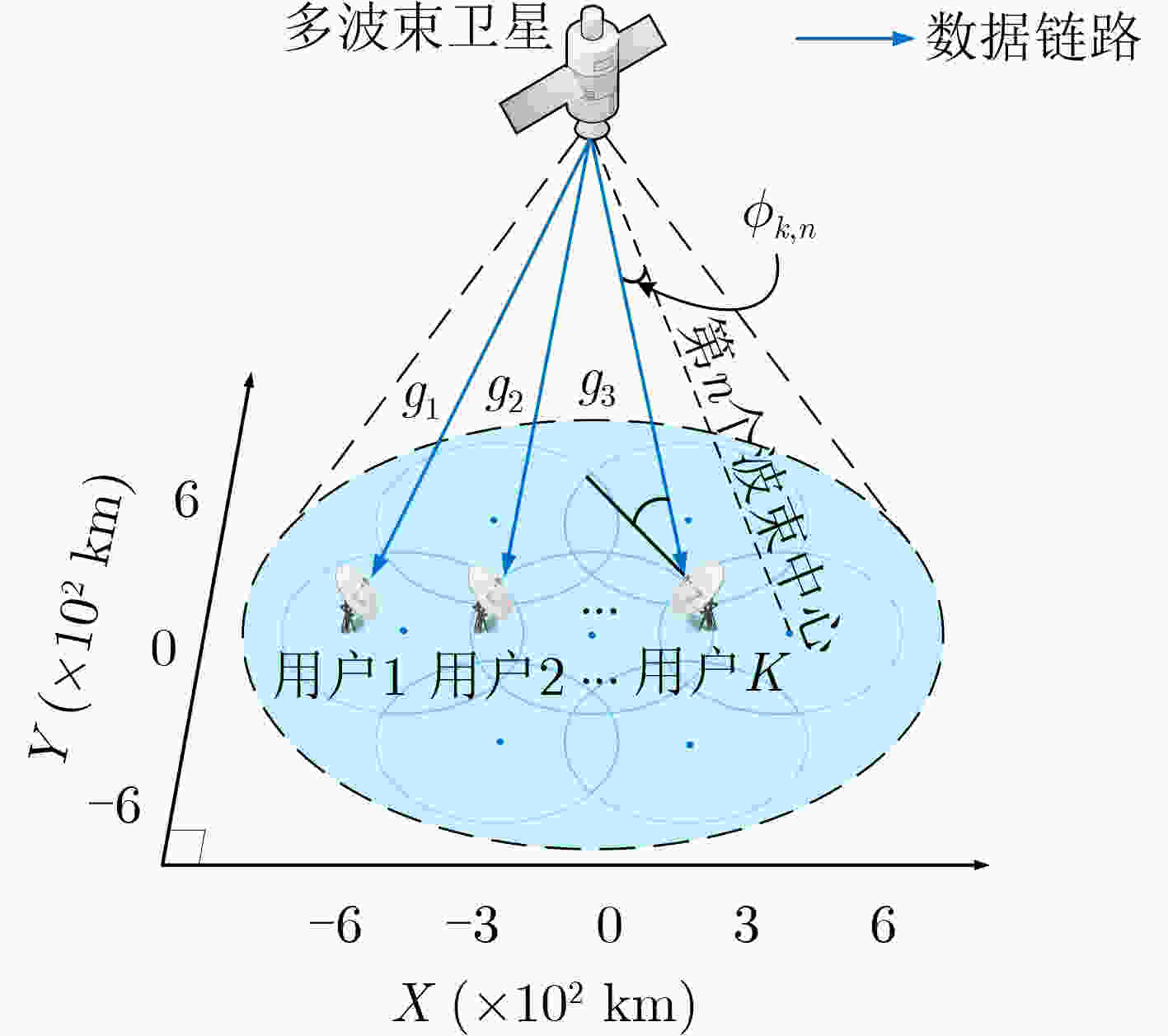
 下载:
下载:
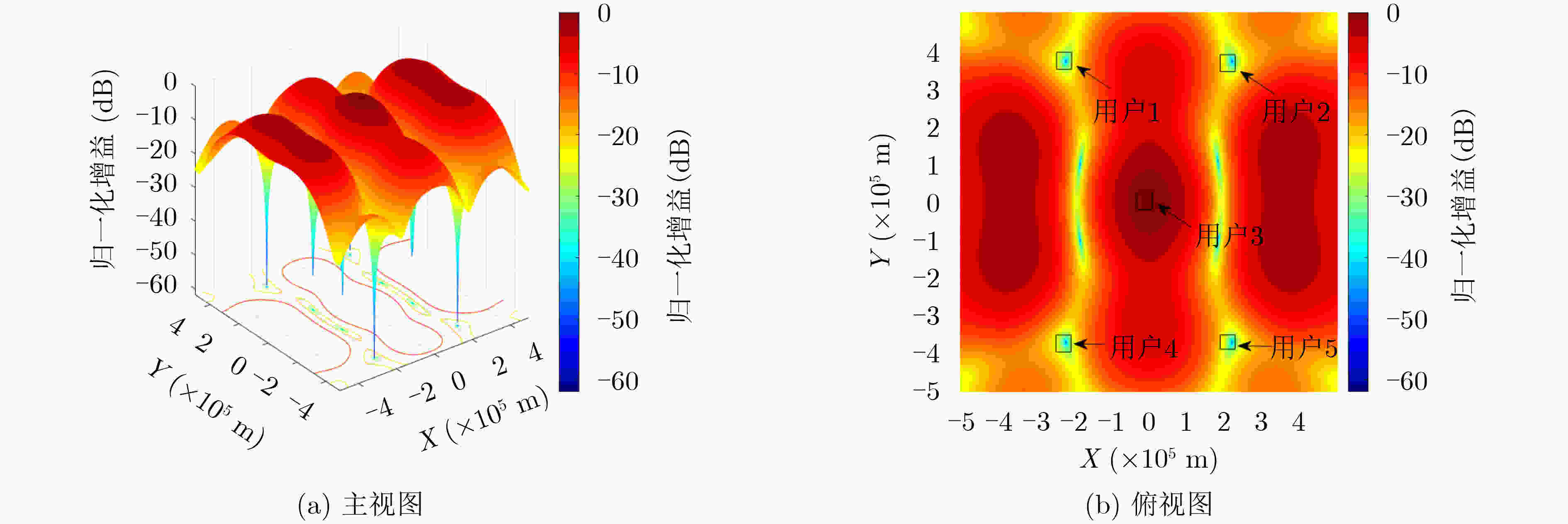

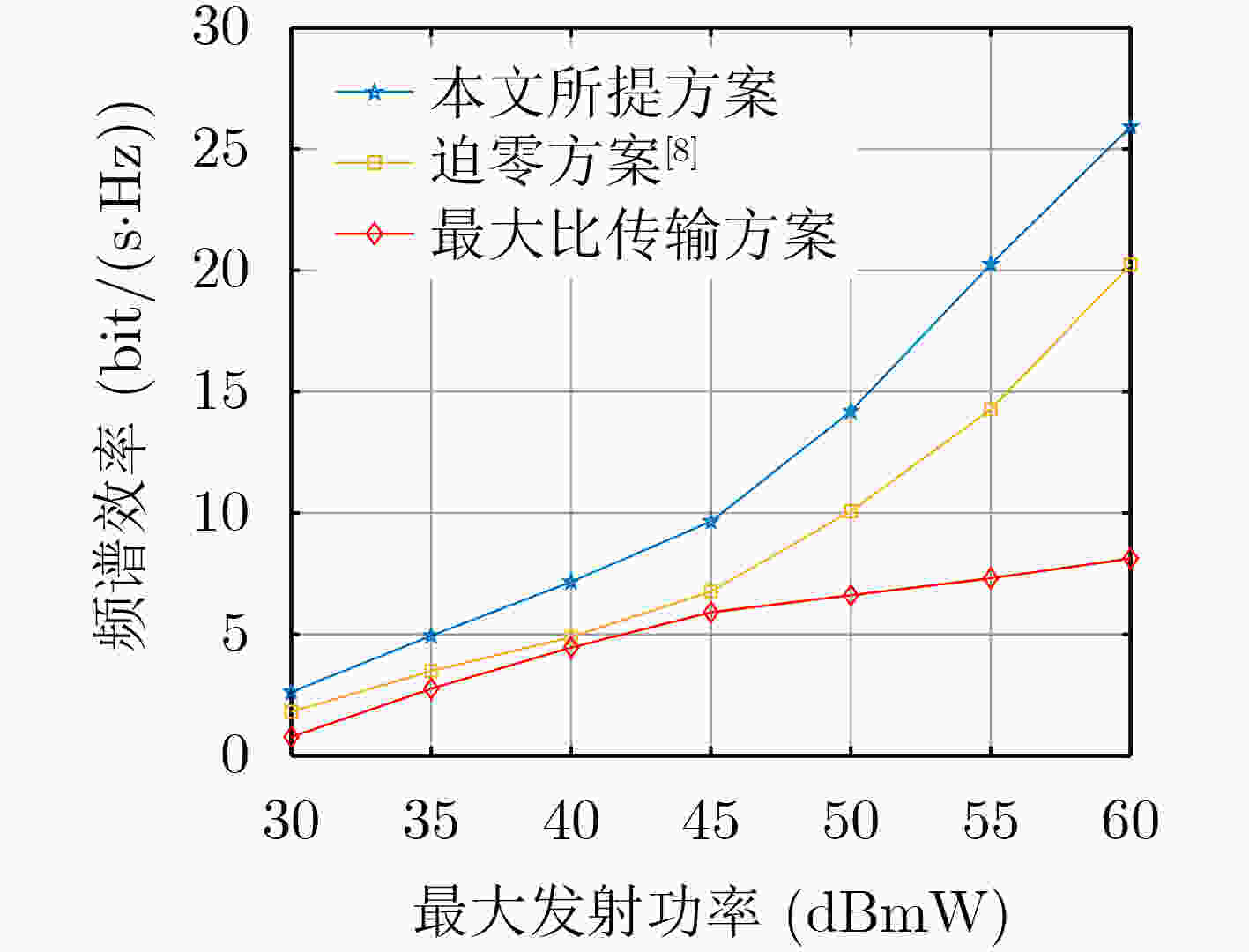
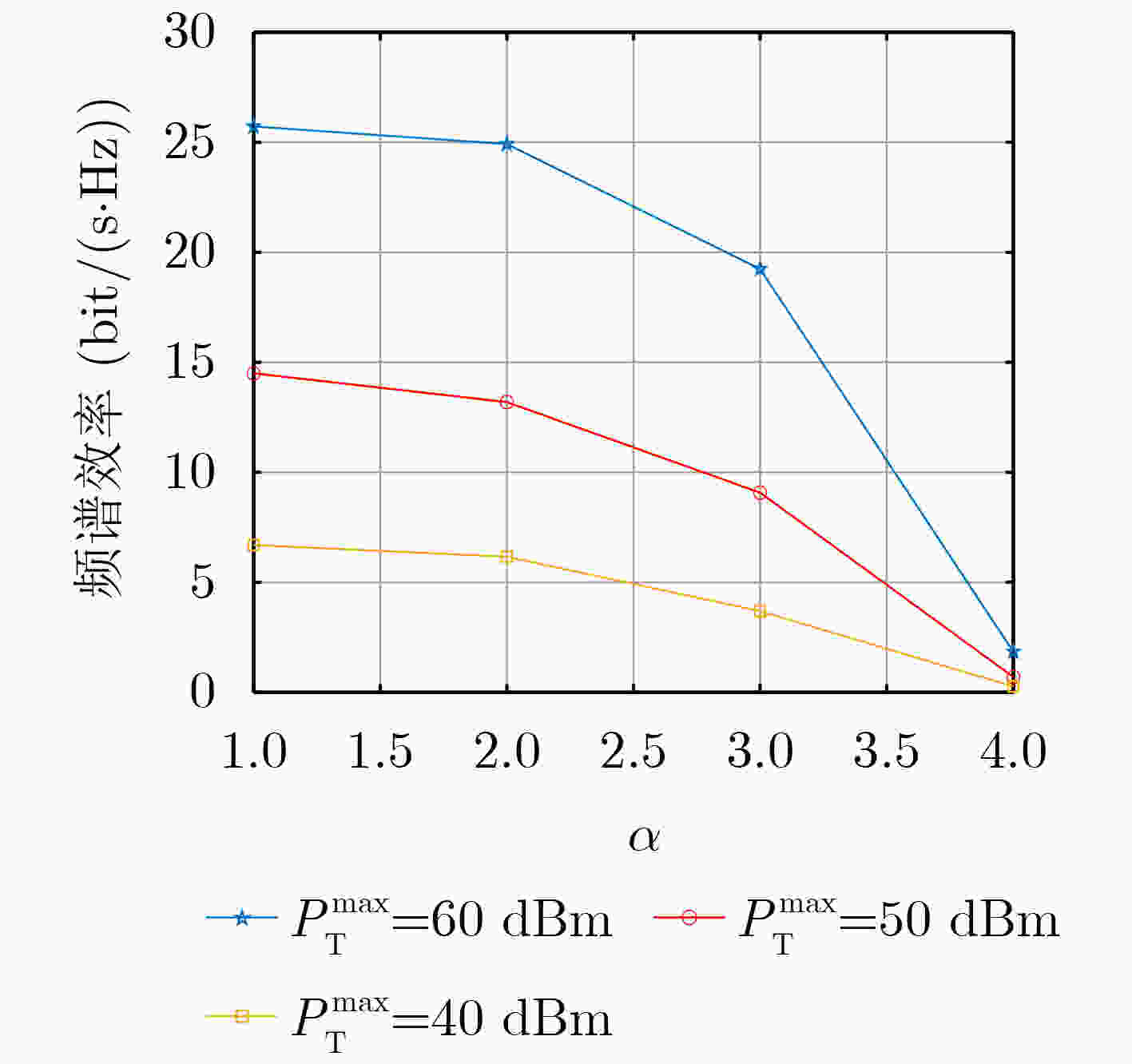

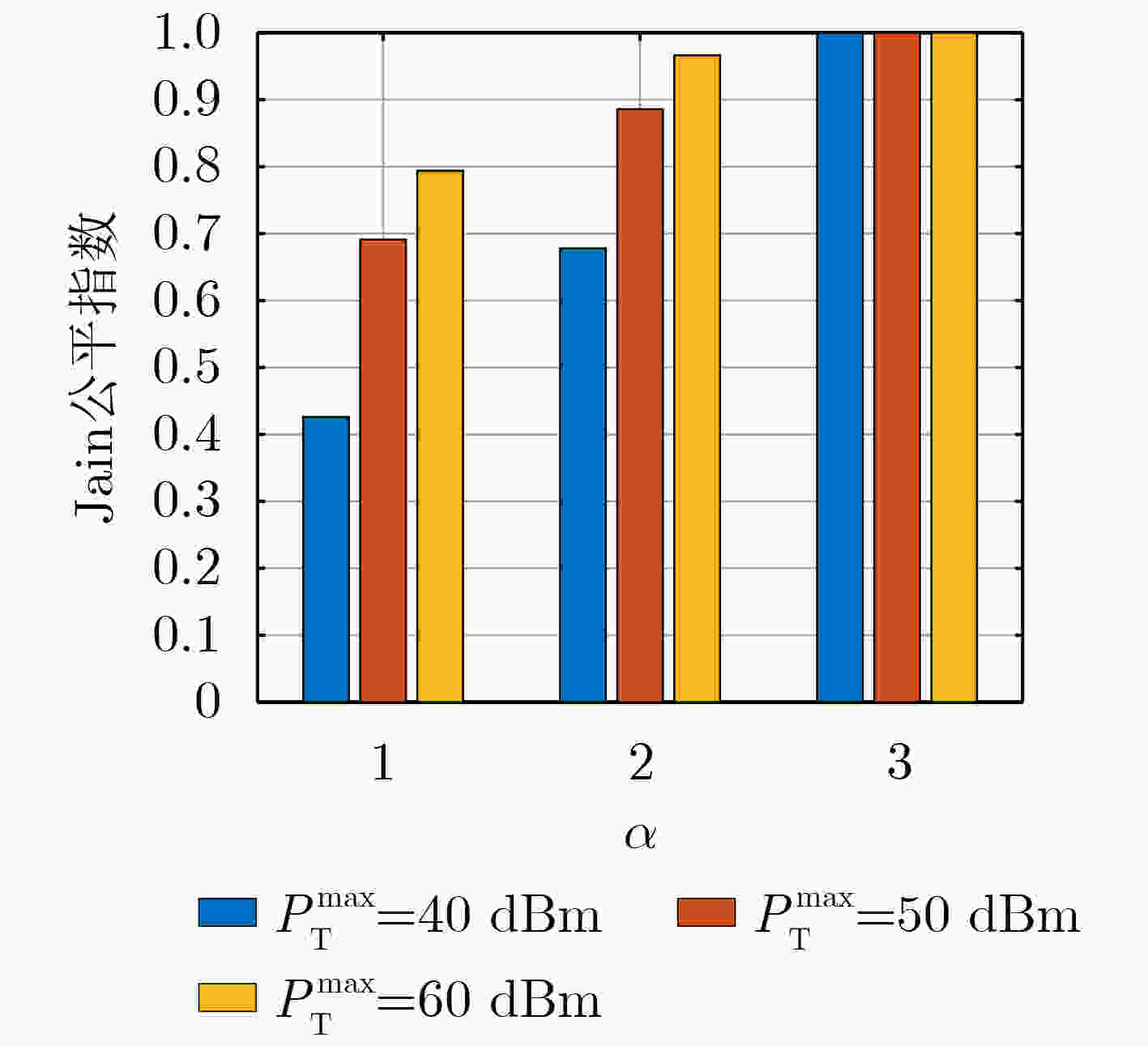

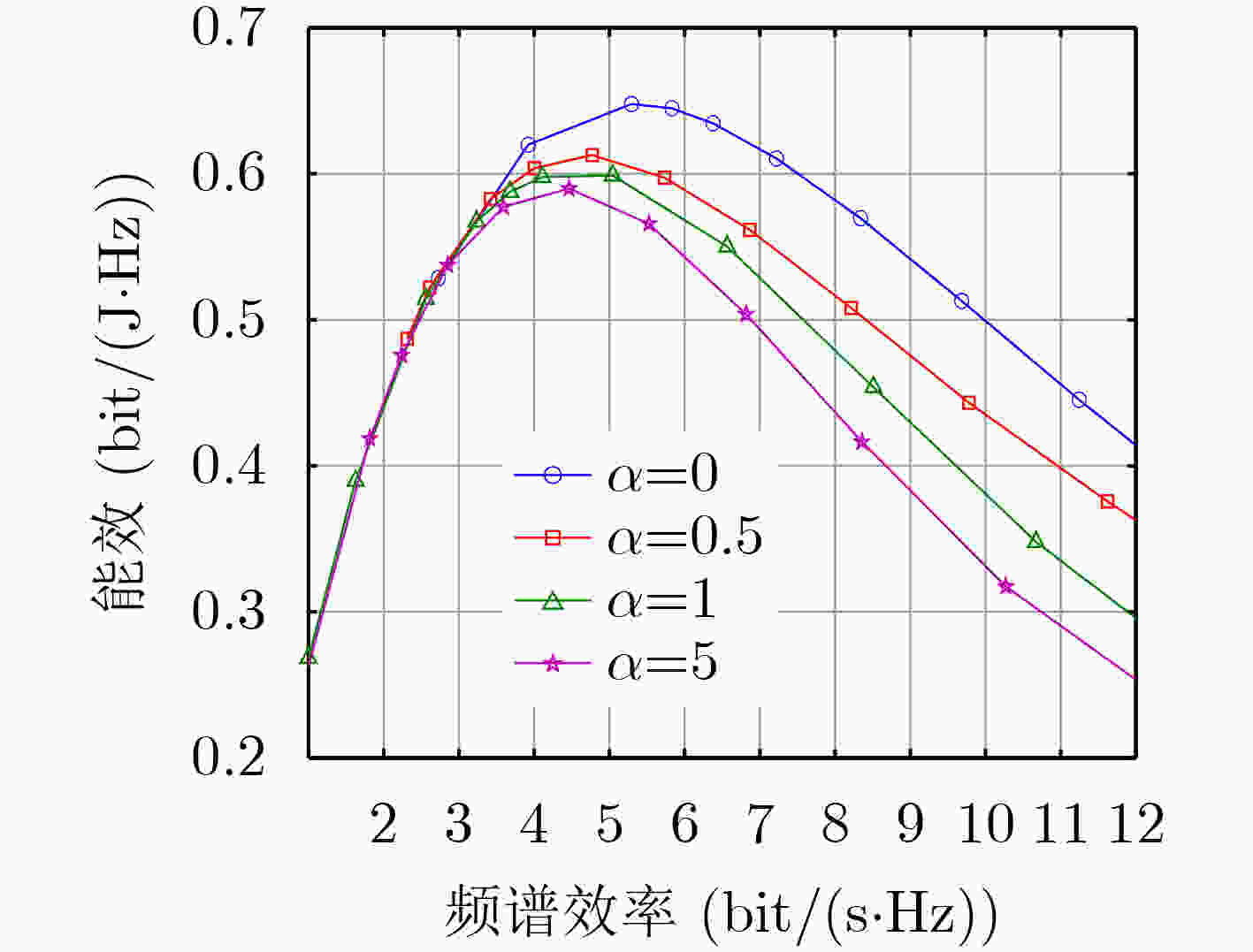


 下载:
下载:
